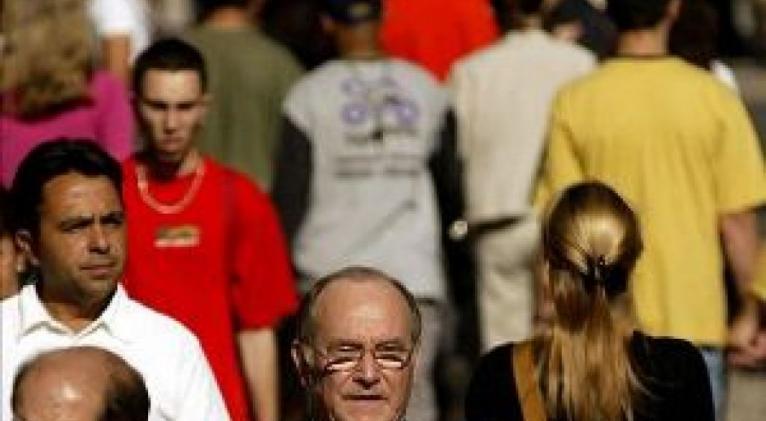Brazil’s Middle Class, Decisive in Elections, Tightens Its Belt

Fear of a change to a more restrictive economic cycle has forced many Brazilians to moderate their expenses, unlike in their free-spending past, several experts told Efe.
The consumption slow-down mainly affects what is called class C, consisting of the 100 million Brazilians (equal to just over half the country’s population) with a monthly per capita income ranging from 320 reais ($130) to 1,120 reais ($500).
Scarcely a decade ago, one-third of this new middle-class, at least 30 million people, lived in poverty and benefitted from the income re-distribution programs of then-president Luiz Inacio Lula de Silva and his successor and political goddaughter Dilma Rousseff, who aspires to a second term in office on Sunday.
The surveys indicate that with Rousseff considered the clear favorite among the poorest Brazilians, and her main rival, ecologist Marina Silva, leading among the wealthy, it will be the middle class that will decide the future head of state.
A week before the presidential elections, all surveys indicate that Rousseff and Silva will be the most-voted candidates, but also that neither will exceed the 50 percent required for a first-round victory.
Accordingly, they will have their definitive showdown will be held three weeks later, on Oct. 26, in which the current president seems to be the favorite, but with a very small margin of advantage.
The experts consulted by Efe said the spending slowdown among C-class Brazilians not only sets off alarms in a country in which domestic consumption is one of the main drivers of the economy, but does so at the moment when the country’s future is being decided.
The head of the Rio de Janeiro Confederation of Commerce of (Fecomercio), Christian Travassos, told Efe that “deaccelerating consumption in the middle class is in tune with several indicators, such as inflation, which is around 6.5 percent as versus the 4.5 percent anticipated by the Central Bank, and greater consumer mistrust.”
Other indicators, such as low salaries and heavy indebtedness of families with lower income, complete the picture. “A part of the middle class is facing great difficulties in paying off the debts it incurred, and that is another factor that explains the decline in household spending over the past few months,” Travassos said.













Add new comment